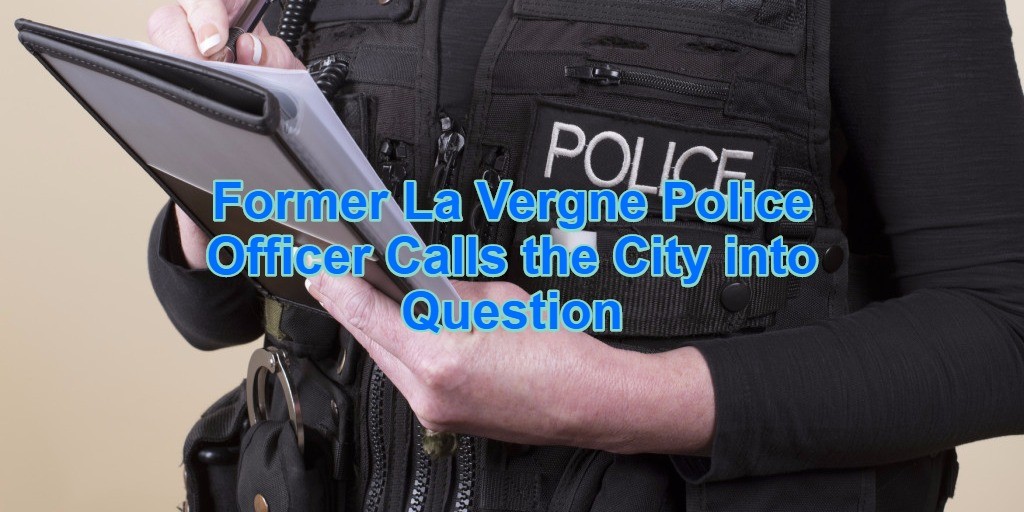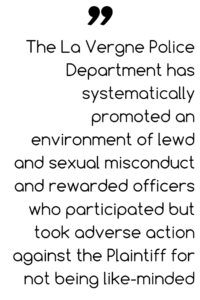Microsoft won a historic victory over federal prosecutors. The U.S. Second Circuit Court of Appeals ruled that the computer company did not have to turn over information from its Irish data center.
The government had argued that the Stored Communications Act compelled Microsoft to release data regardless of its physical location. The court found the argument unpersuasive, ruling for the corporation. Since the data center resided in Ireland, the law of that land applies, rather than American law, cited the court in its decision.
Privacy is the Issue
This case has enormous implications for privacy issues. Various companies, including rivals, such as Apple and Verizon, supported Microsoft. The American Civil Liberties Union (ACLU) also sided with the tech giant.
Microsoft executives and legal counsel expressed concern for the privacy of cloud technology users. If data centers located wholly in foreign countries fall under American law, then that could mean citizens of those nations are subject to this authority as well.
Likewise, other nations could begin acting in a reciprocal manner concerning Americans. This loss of privacy and national autonomy proved too much for the court.
Local Companies Stood to Gain
Financially, Microsoft stood to lose money. If the court had decided the other way, local data centers could persuade residents of their countries to avoid using Microsoft. They could have argued that personal information would not be safe in American hands. Now that possibility has been curtailed, at least for the time being.

The Case
The prosecution made a claim that since Microsoft executives could easily access its cloud technology, the stored data was still technically inside American borders. This assertion does broach an issue that future courts will have to deal with. Just how do we define location in an era of digitally stored information?
Microsoft won this case by opining that despite the American infrastructure, the data center was physically located in Ireland. On the other hand, prosecutors believed physical location should not matter. Who has control over the center does, they put forth.
The debate is far from over. Though Microsoft defeated federal regulators this time, the Supreme Court could still overturn the decision.
Nations Moving to Protect Internet Users
Many nations have begun to take action to protect their Internet users. Brazil, Russia and Germany all passed Internet localization laws. These statutes require data be stored within national boundaries. Thus, authorities in these lands can demand access to information according to local law; moreover, they can deny requests for access by foreign powers.
American Government Not Done Yet
Even if the Supreme Court does not reverse the ruling, Microsoft could one day be forced to allow the government to see the information. Congress might pass stronger legislation to buttress the Stored Communications Act.
Also, officials are currently working out deals with other governments to share data center information. Most prominently, the U.K. and U.S. have a Mutual Legal Assistance Treaty (or MLAT) on the table. Both nations would be able to serve warrants on companies without having to go before a foreign court.





 In the class action suit, the owners allege that the Dometic Corporation knew about the defective gas absorption refrigerators. These refrigerators are usually found on RVs and boats and they have caused more than 3,000 fires in the past two decades. Since 1997, these defective gas absorption refrigerators have allegedly caused $100 million in personal injuries and property damage. Despite the lengthy history of these defective refrigerators, the Dometic Corporation failed to address the issue and warn consumers about the risks.
In the class action suit, the owners allege that the Dometic Corporation knew about the defective gas absorption refrigerators. These refrigerators are usually found on RVs and boats and they have caused more than 3,000 fires in the past two decades. Since 1997, these defective gas absorption refrigerators have allegedly caused $100 million in personal injuries and property damage. Despite the lengthy history of these defective refrigerators, the Dometic Corporation failed to address the issue and warn consumers about the risks.

 The government believes that the school’s principal, Minerva Zanca, targeted the three black teachers and plotted to against the to lose their jobs. Several witnesses in the case claimed that she made clear and intentional efforts to ensure this plan through. Furthermore, anyone who challenged or questioned her was met with harsh retaliation. The school’s assistant principal, Anthony Riccardo, was one such individual that claims she called school security to have him removed from the building. He reported that she planned to give two of the plaintiffs unsatisfactory evaluations on lessons she did not witness. He also said she would not meet with another to try and help her to improve on a subject she once taught.
The government believes that the school’s principal, Minerva Zanca, targeted the three black teachers and plotted to against the to lose their jobs. Several witnesses in the case claimed that she made clear and intentional efforts to ensure this plan through. Furthermore, anyone who challenged or questioned her was met with harsh retaliation. The school’s assistant principal, Anthony Riccardo, was one such individual that claims she called school security to have him removed from the building. He reported that she planned to give two of the plaintiffs unsatisfactory evaluations on lessons she did not witness. He also said she would not meet with another to try and help her to improve on a subject she once taught.
 Doe 31’s sexual assault during that investigation.
Doe 31’s sexual assault during that investigation.
 retirement benefits. The lawsuits allege that because the companies provided instruction videos, gave procedure manuals, controlled driver scheduling, set prices, and assigned riders to drivers, the drivers should be considered employees – the suit against Uber claims that “Uber and its (drivers) are not engaged in a distinct occupation or business, but instead, they “implement and are integral to Uber’s core business of providing ride-hailing services.”
retirement benefits. The lawsuits allege that because the companies provided instruction videos, gave procedure manuals, controlled driver scheduling, set prices, and assigned riders to drivers, the drivers should be considered employees – the suit against Uber claims that “Uber and its (drivers) are not engaged in a distinct occupation or business, but instead, they “implement and are integral to Uber’s core business of providing ride-hailing services.”
 How This Case Stacks Up Against Others
How This Case Stacks Up Against Others
 required to leave his employment.
required to leave his employment.